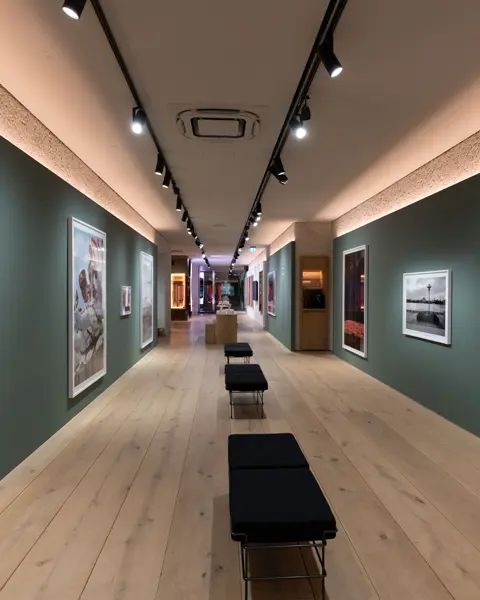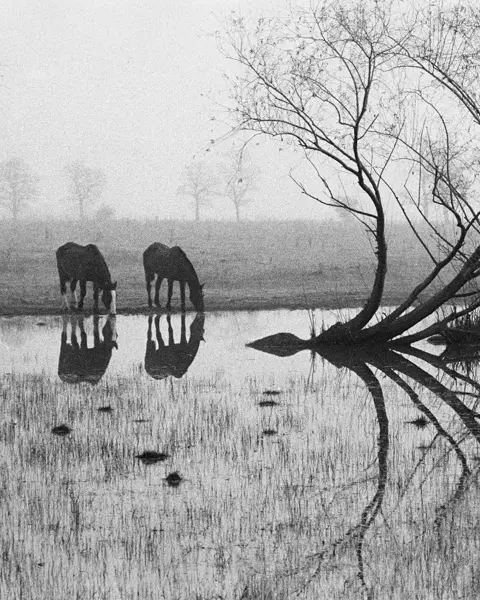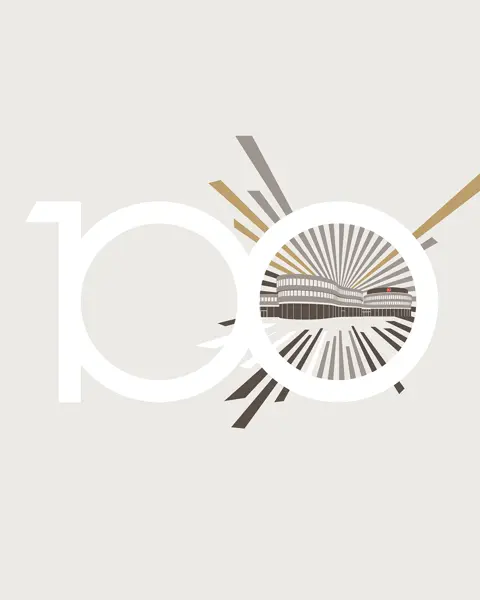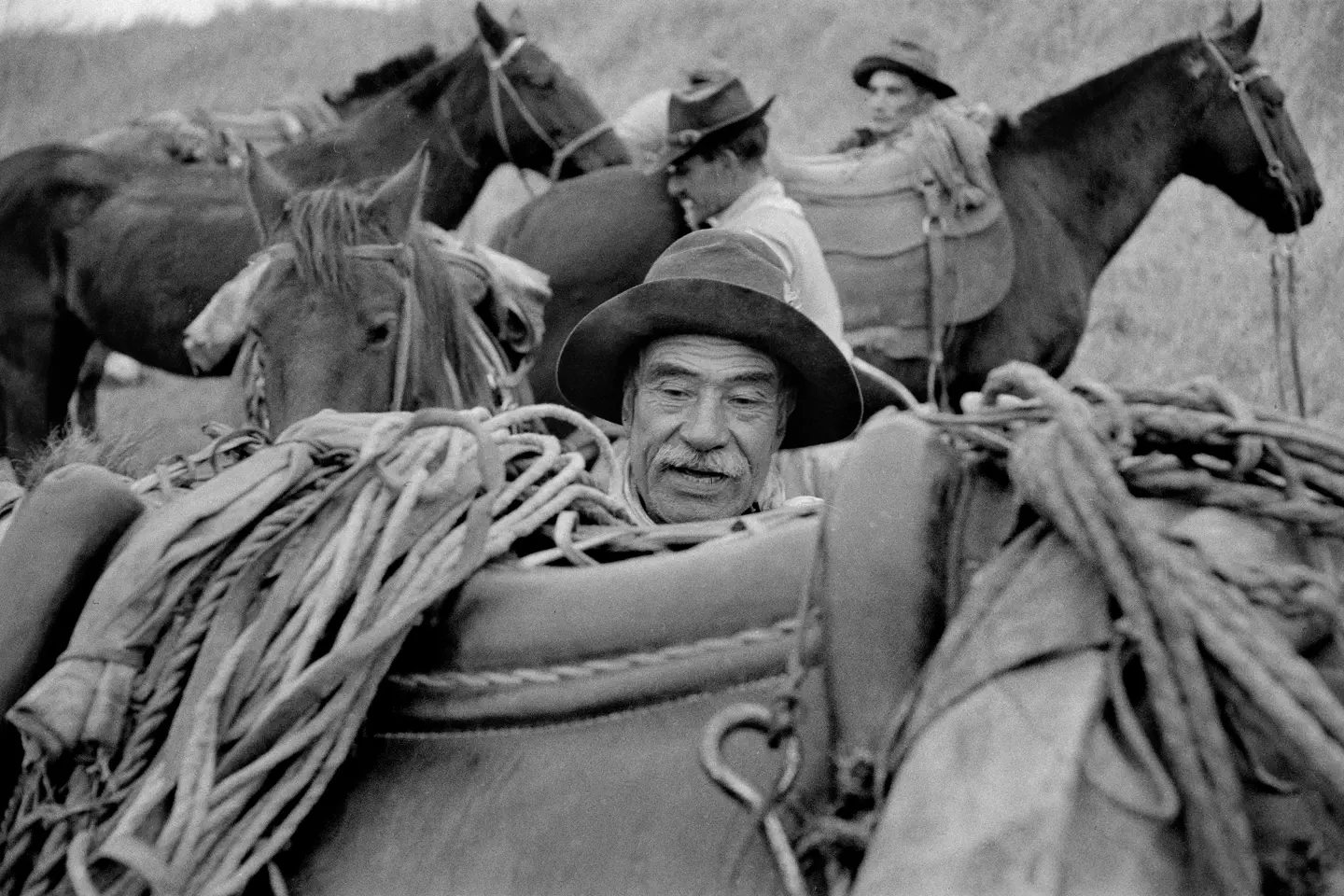
In Conversation:
Tori Ferenc and René Burri
To commemorate the 100th anniversary of the Leica I, Polish photographer Tori Ferenc enters into a photographic dialogue with renowned Leica photographer René Burri. The works of both artists will be exhibited at the Leica Gallery London from 7 November.
With her series Borderlands, Polish portrait and documentary photographer Tori Ferenc carries on the work of Swiss photographer René Burri. Though separated by decades, both artists exhibit a masterful command of light and shadow, as well as a profound respect for their subjects. In an interview, the self-taught Ferenc reflects on formative influences and sources of inspiration, while also considering potential developments that lie ahead for the future of photography. With this exhibition, the Leica Galleries are continuing with their anniversary concept in London: a contemporary artist offering fresh perspectives engages in conversation with a Leica Hall of Fame award honouree through their oeuvre.
© Tori Ferenc I Justyna at the mouth of two rivers, Krostrzyn 2025

Leica: 100 years of Leica photography: what are your thoughts on this?
Tori Ferenc: Leica is undeniably a cult name in photography. What I find most compelling is that, despite the swift pace of technological progress over the years, Leica has consistently upheld a standard of excellence that remains ahead of its time. I had always dreamed of working with a Leica, and when the opportunity finally came, I was astonished by the sheer quality of the images it produced. The depth of the colour tones and the subtle interplay of shadows create an experience that feels truly exceptional. It’s no surprise that Leica has remained the camera of choice for countless photographers throughout the decades. A plethora of pivotal moments in history have been immortalised through a Leica lens. It’s almost surreal to consider how much of the world has been captured with a Leica.
How has the work of LHOF winners influenced your work?
I have no formal training in photography, so I have always learned by studying the work of others. I’ve examined their images closely, explored what sets them apart, and sought to grasp the narratives they convey. A photographer whose work I particularly admire is Joel Meyerowitz. The way he captures color and the warmth that emanates from his images is something I aspire to achieve in my own work. I have also always been fascinated by the humour in Elliott Erwitt’s photographs. His pictures brim with lightness and joy. And then there is René Burri. His photography possesses a clarity, almost graphic in nature, yet it is imbued with remarkable depth.
© Rene Burri/Magnum Photos
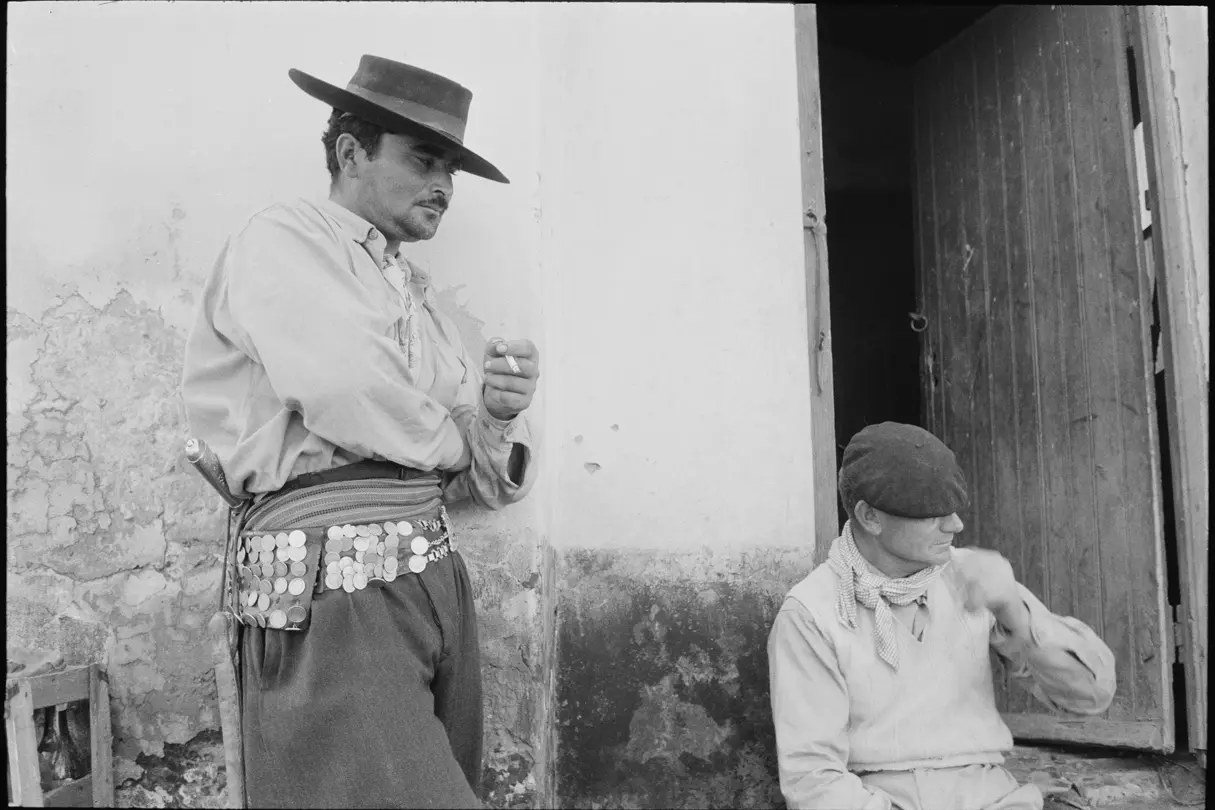
The exhibitions are about a visual dialogue between two generations. How did you approach this theme?
We envisioned the exhibition as a conversation rather than a comparison. By juxtaposing works from René Burri’s archive and my new project, we intend to invite viewers to perceive both continuity and discontinuity.
Where do you get your inspiration?
I definitely feel inspired by other photographers – I think that’s inevitable, particularly when I view pieces at photo competitions and festivals. When it comes to contemporary photography, I value the work of Nanna Heitmann, Daria Svertilova, Jędrzej Nowicki, Sarah Blesener, Emile Ducke, and the Docks Collective. They succeed in blending documentary photography with fine art, which is also the aim of my own photographic practice.
© Tori Ferenc I Braided channels of Narew River, 2025
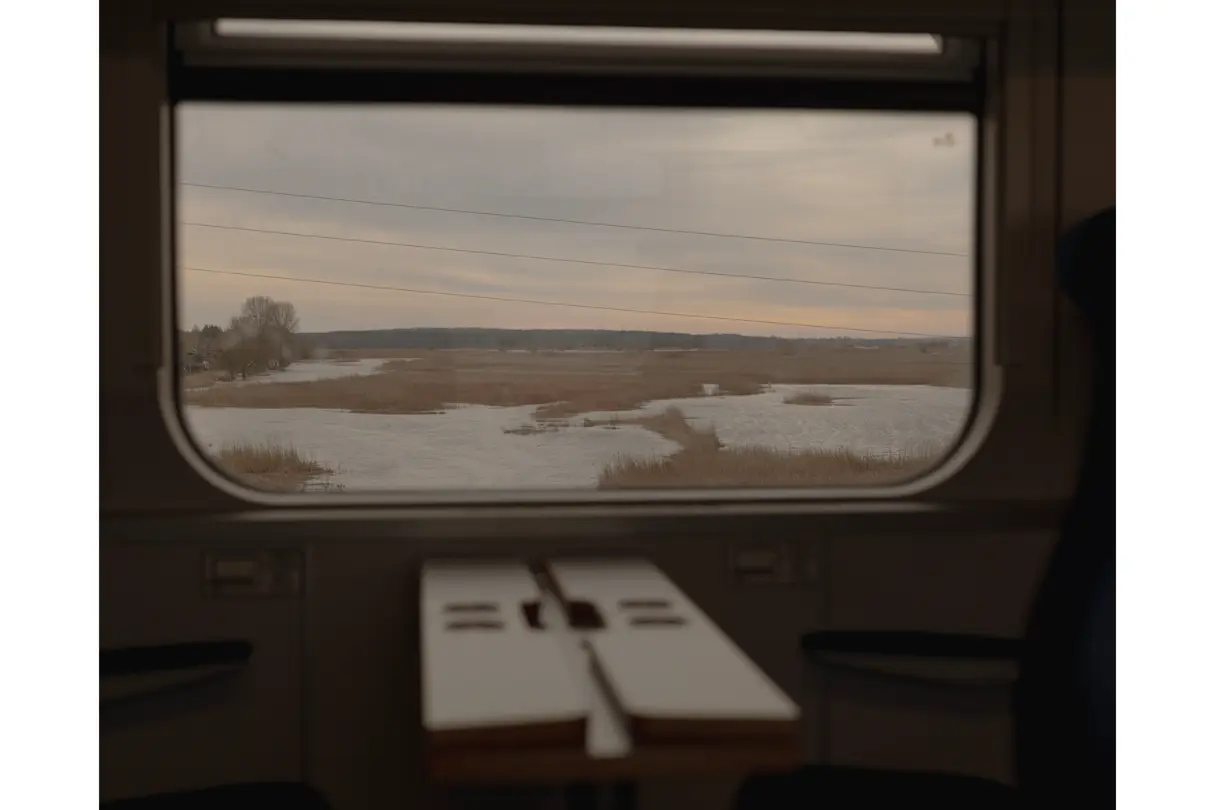
What is the subject matter/theme of your photographs that are being displayed in the exhibition?
In this exhibition, I am presenting works that I photographed in Poland’s border regions. The series seeks to provide a nuanced and comprehensive exploration of the Polish borderlands, aiming to unravel the intertwined narratives of ecology, humanity, society, and history. I also explore in depth what it means to inhabit these border regions.

Which camera did you use for photography, and why?
I used a Leica SL2-S with 35 mm and 50 mm lenses. As I’d never photographed with a rangefinder camera before, I opted for the SL2-S – a superb camera! I’m delighted with the quality of the lenses and the tonal richness of the images.
How do you think photography has changed in recent decades?
Photography has grown more diverse, democratic, and representative. There remains much room for improvement, but I feel that we’re on the right track. The medium is continually evolving, offering ample freedom to discover your own working style, develop as an artist, and embrace experimentation.
© Rene Burri I Pampa, Buenos Aires, Argentina 1958
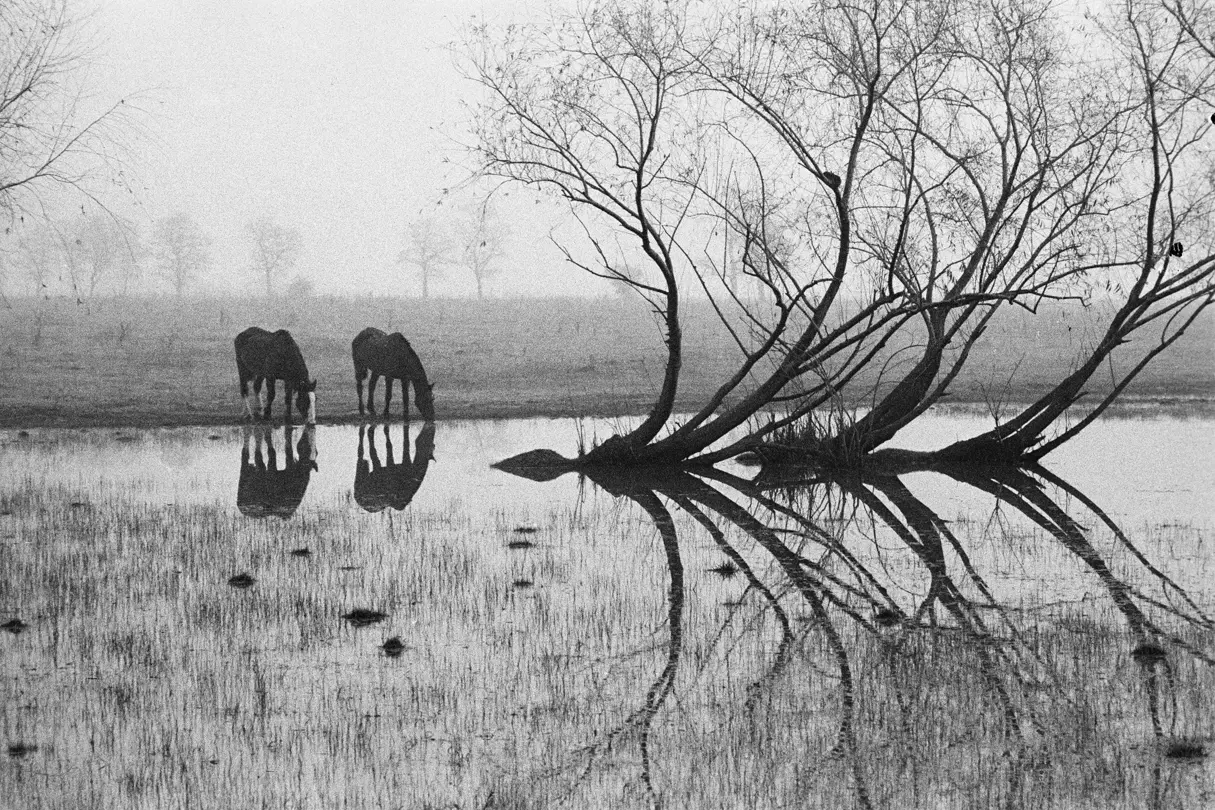
What opportunities and challenges do you see for the future of photography?
I’m not in favour of the growing trend towards AI-generated content, though I’m not concerned that this technology will replace photography. However, as AI-generated images grow increasingly lifelike, I worry that distinguishing between authentic and fake visuals will become ever more challenging. As a result, trust in photography as a documentary medium could decline. Nevertheless, we’ll continue to find new ways to tell stories, perhaps by incorporating multimedia into our storytelling in the future to make it more immersive.
What role do galleries play in the age of digital media, and specifically for your work?
Photography can only reveal its true power in printed form. In a gallery setting, photography transforms into a holistic experience. There’s an intimacy in the physical presence of a print. When you stand close to it and observe its texture, the light, and its subtle imperfections, the photograph takes on a life of its own.
Biographies
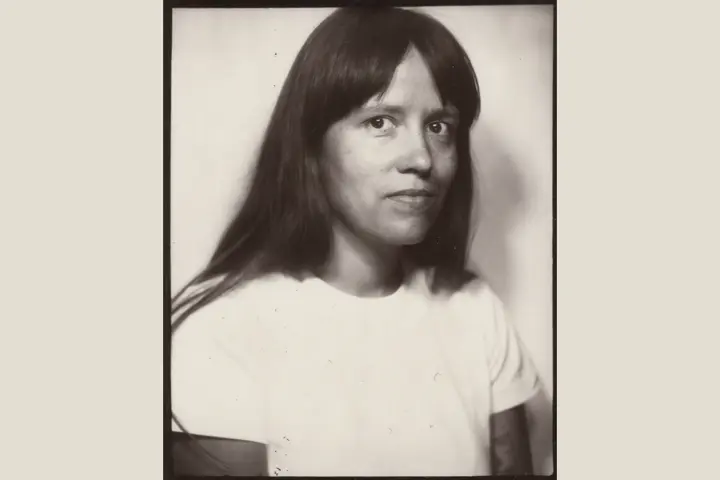
Tori Ferenc
Born in Poland in 1989. In her practice, the portrait and documentary photographer focuses on themes of identity, community, and family dynamics. She is a member of Women Photograph and Equal Lens. Her photographs have been published and exhibited around the world. She lives in London.
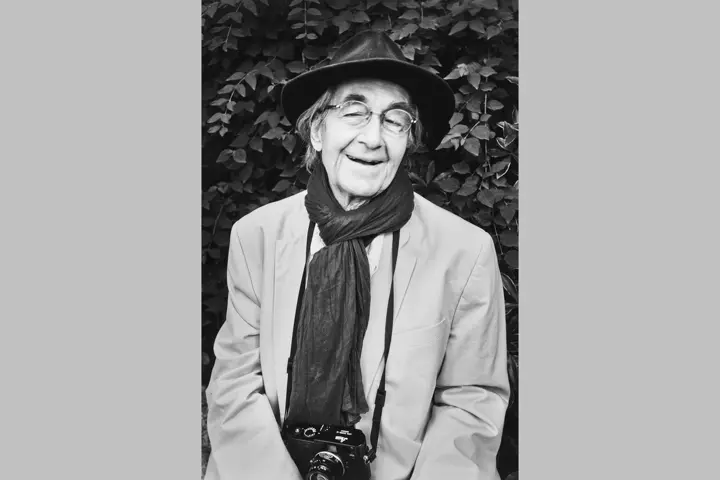
© Claire Yaffa
René Burri
Born in Switzerland in 1933. He was among the most gifted photographers and photojournalists of his generation. His work is multi-faceted – he gained recognition through iconic portraits of Che Guevara, Le Corbusier, and Pablo Picasso. He joined the Magnum photo agency as early as 1959. Burri was honoured with the Leica Hall of Fame Award in 2013, a year before he passed away at the age of 81.
